
How to deal with doubts about your therapist
It’s not wrong to wonder whether your therapist is helping – it could be a useful signal. Here’s what to do next
by Alice Rizzi

It’s not wrong to wonder whether your therapist is helping – it could be a useful signal. Here’s what to do next
by Alice Rizzi

As a resident tutor, I’ve seen how students are using AI as more than a tool. It’s a psychological shift we’ll soon all make
by Rhea Tibrewala
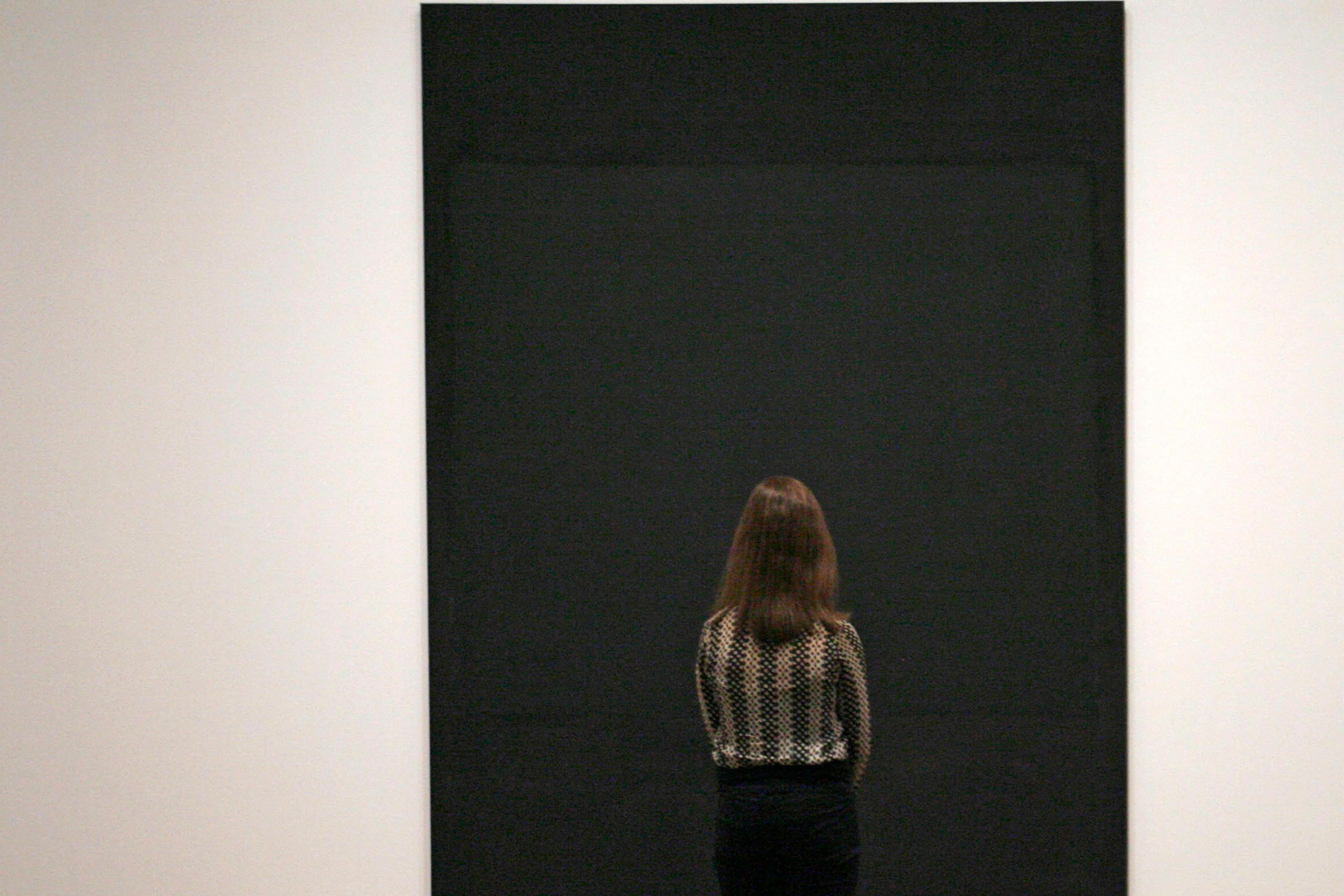
Emotional ‘emptiness’ is a damaging, underexplored phenomenon. Better understanding it could help steer people to fulfilment
by Christopher J Hopwood
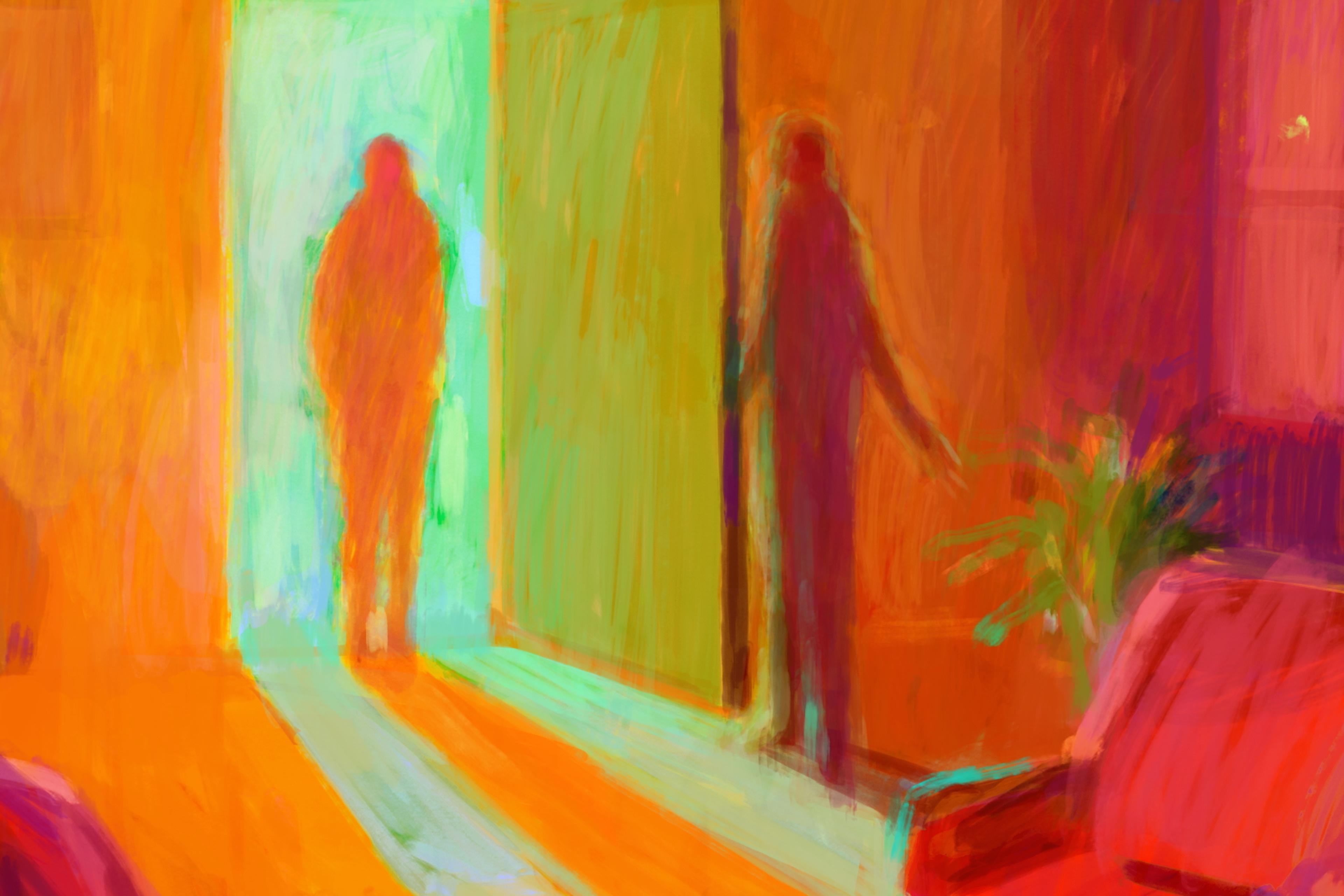
Whatever brings you to a therapist’s office, taking these proactive steps as you begin can help you make the most of it
by Rochelle Frank
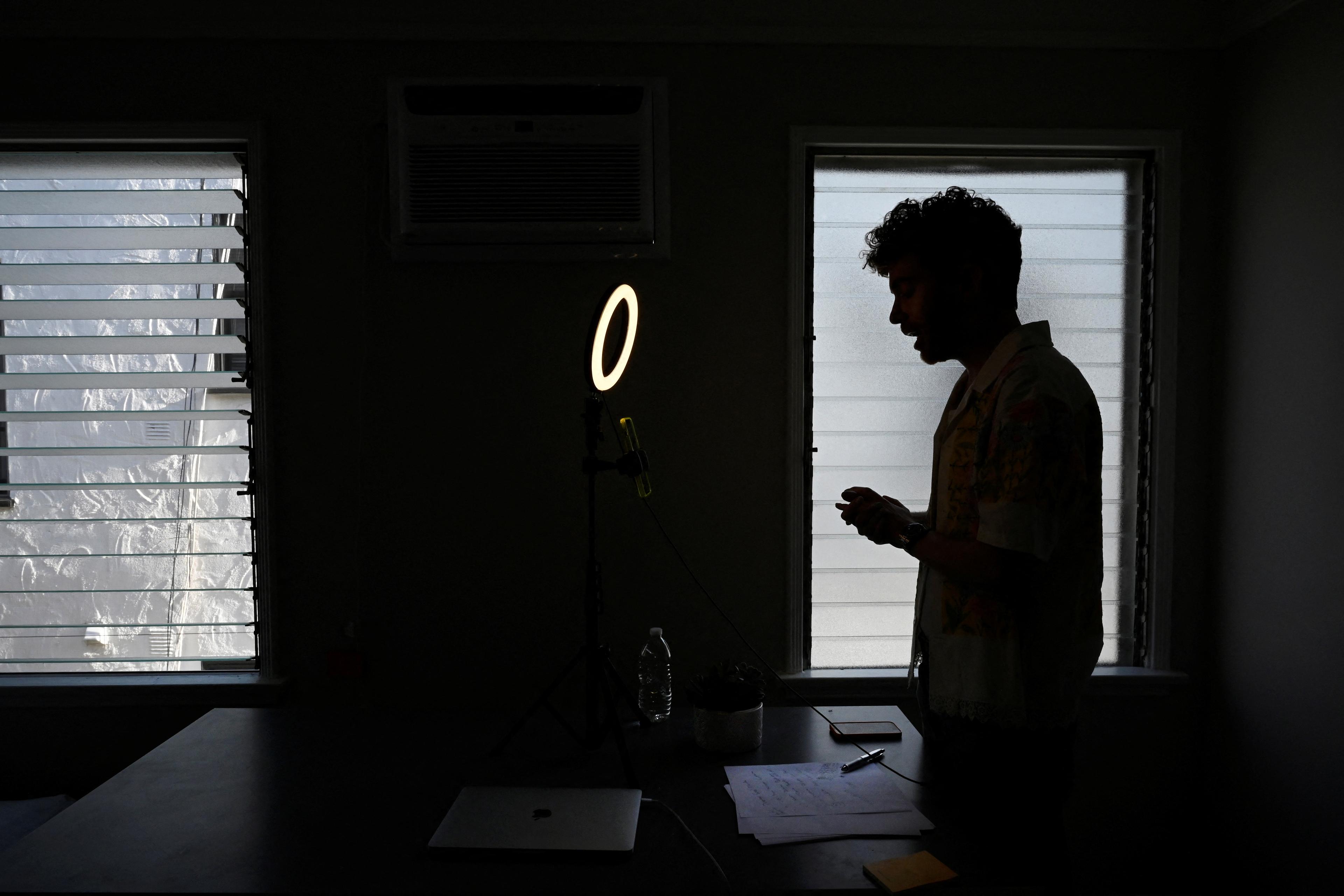
People are broadcasting their psychological self-diagnoses on TikTok. Some experts are worried, but we see an opportunity
by Elliot Jurist & Julia Jurist

Helping my clients probe their unspoken wants creates a space of freedom to express the possibilities that lie dormant
by Charlotte Fox Weber

A psychodynamic perspective on suicide can help us all reckon more honestly with the interconnectedness of psychic pain
by Kyle Boyd
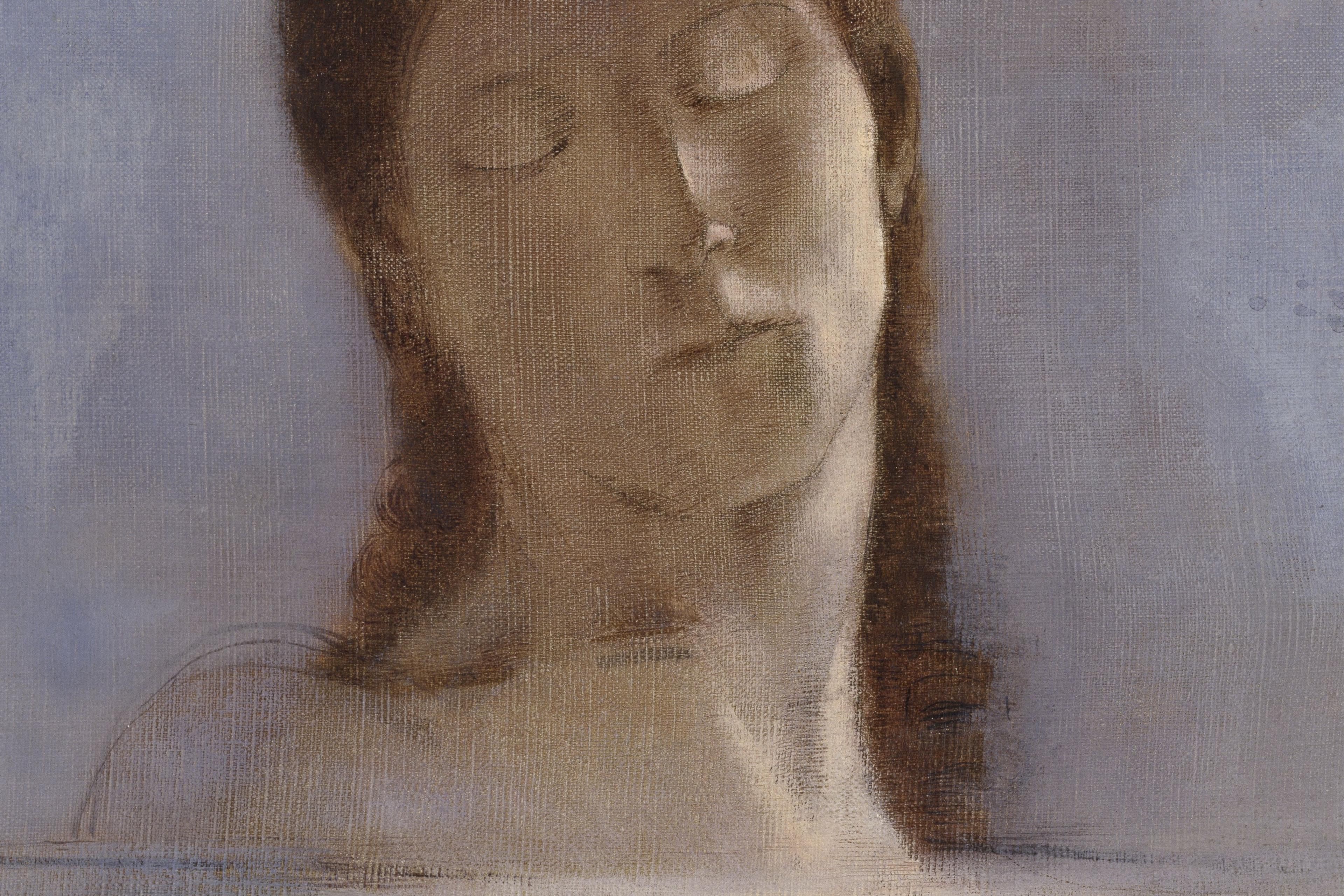
Even experts can be confused about clinical hypnosis. So here’s all you need to help decide if you might benefit from it
by Eric Spiegel

To improve psychotherapy, researchers are looking beyond what happens in a session to learn exactly how change is achieved
by Ciarán O’Driscoll

What I’ve learned from 10 years of sifting through other people’s problems
by James McConnachie
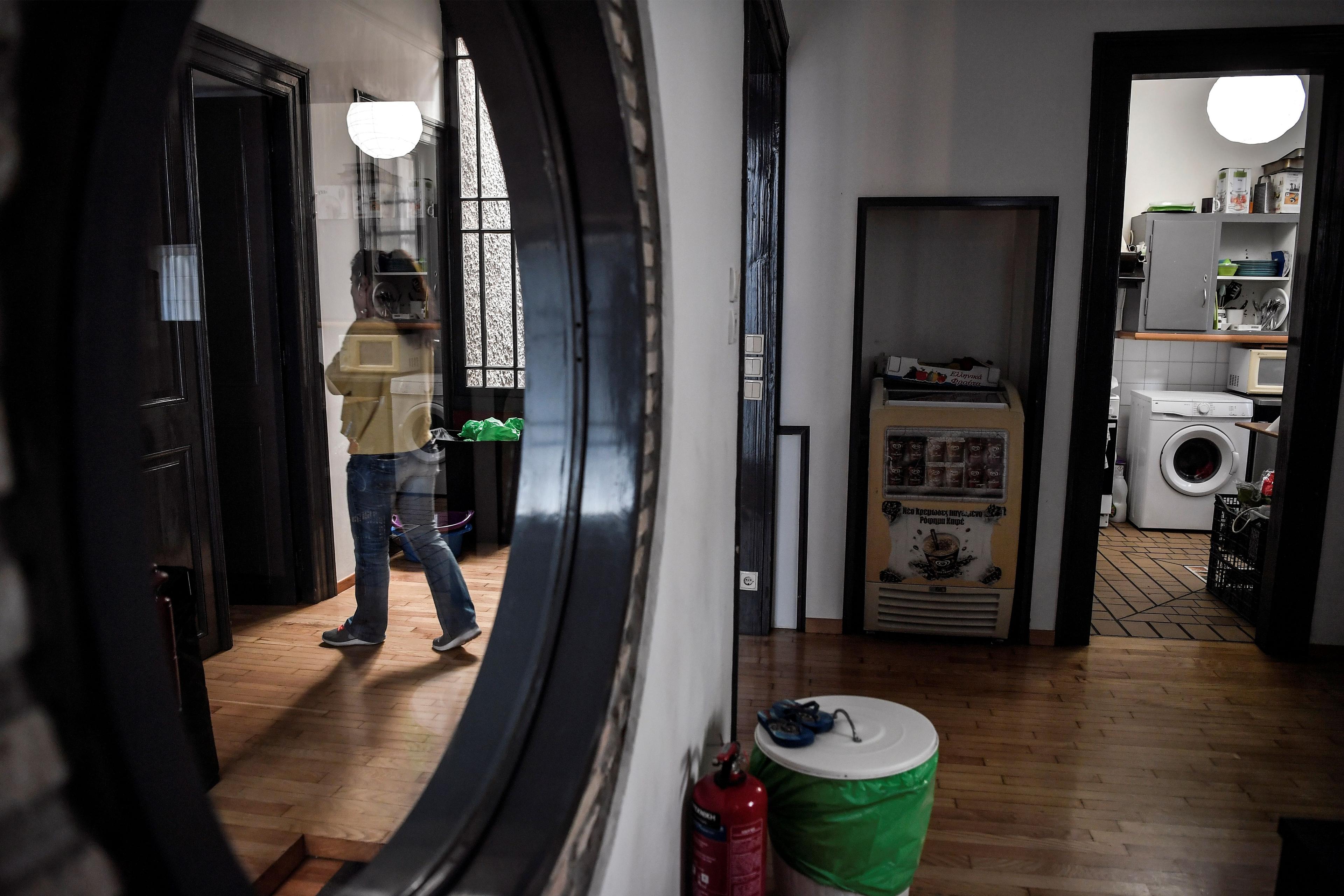
Navigating disruptions in shared reality can be distressing. The way forward isn’t intuitive but is powerfully effective
by Akansha Vaswani-Bye

In a field with no easy answers or quick fixes, what does it mean to say that you have the expertise your patients need?
by Darren Haber
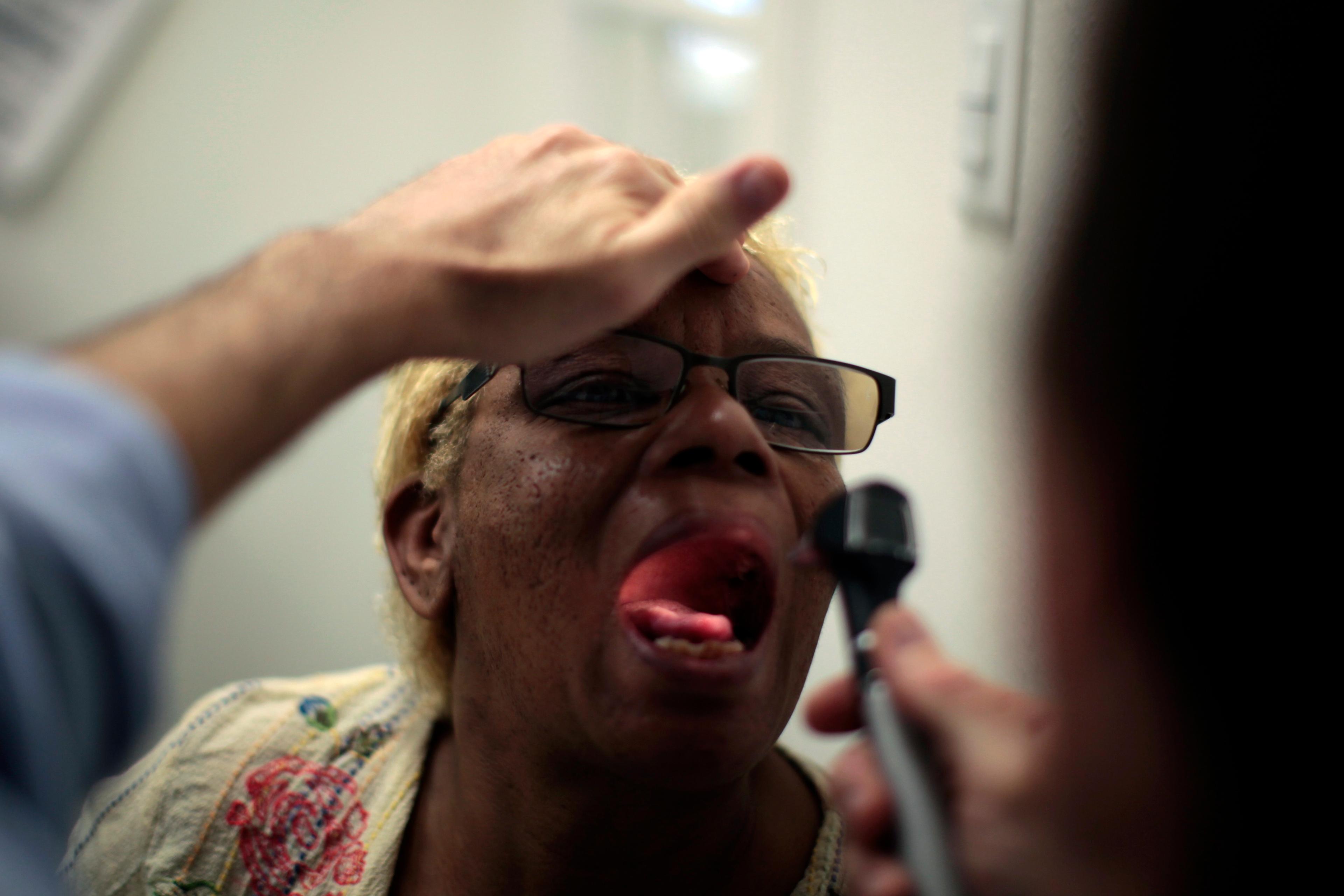
How a homeless woman with frostbitten feet taught me what it means to stand up for another when the stakes are high
by Patricia Steckler
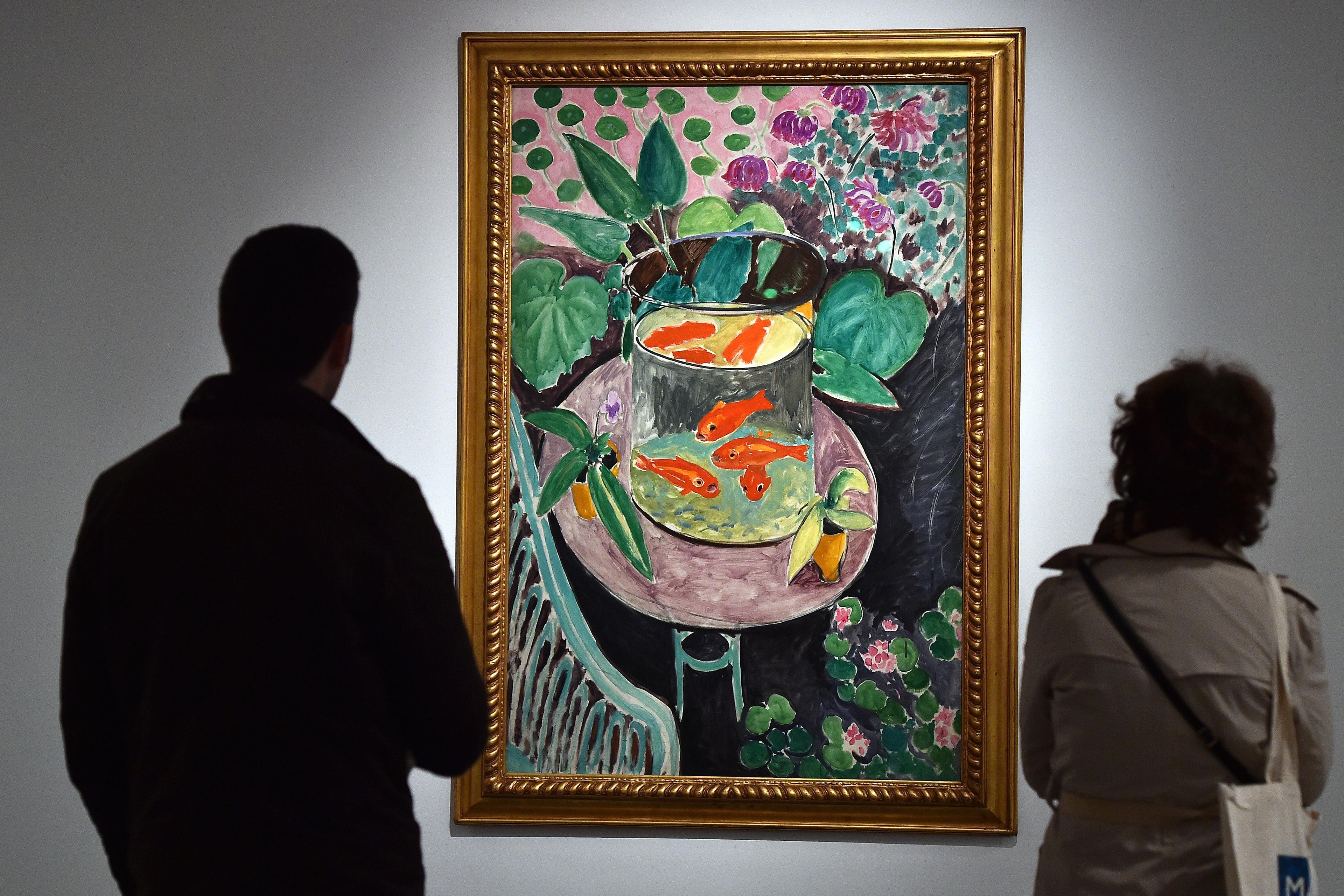
John was a paranoid patient who sat in my therapy room and scared me – until I realised I was not without paranoia myself
by Patricia Steckler
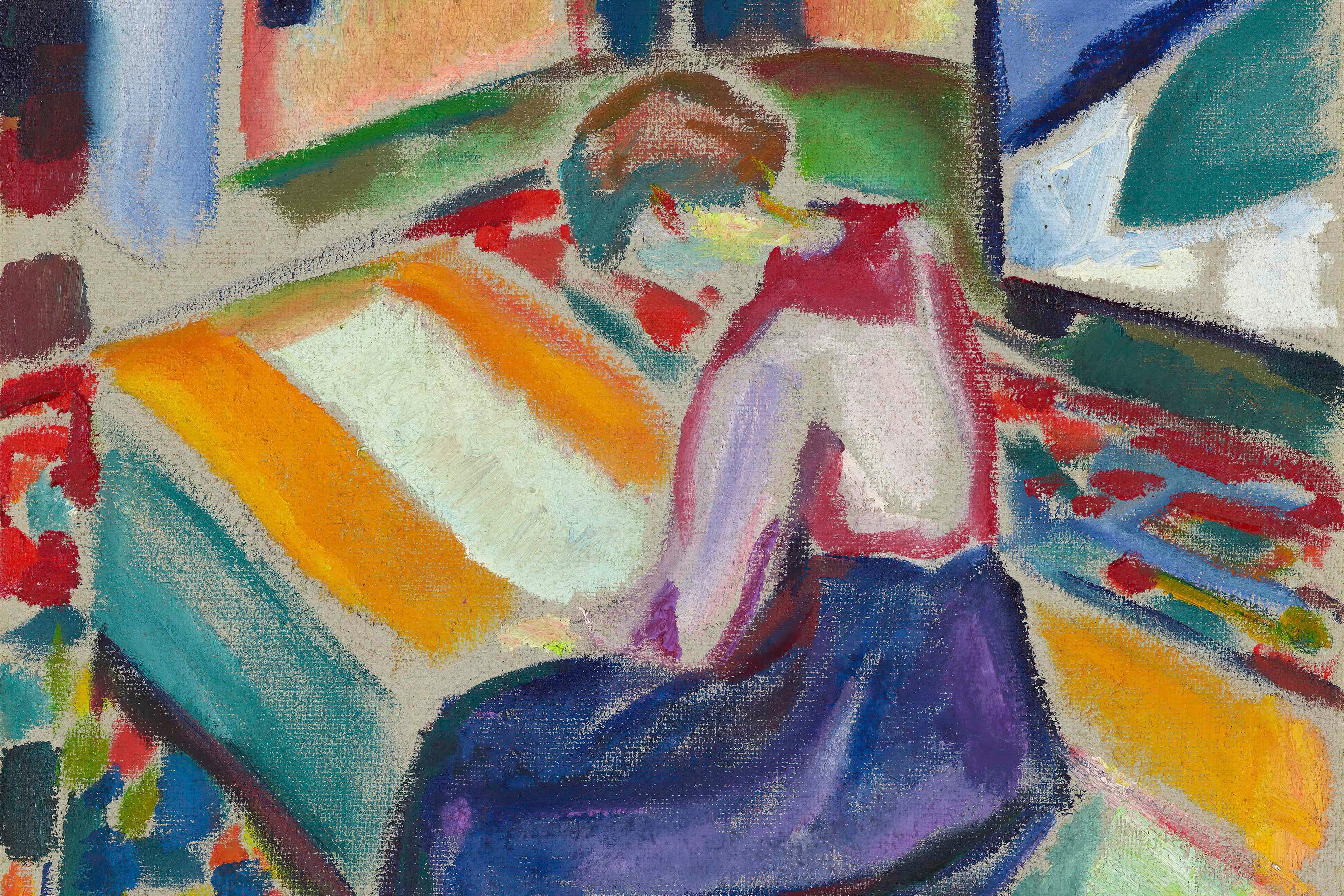
Two therapy memoirs by Lucy Freeman, an overlooked mental health pioneer, remind us of the value of slow, convoluted therapy
by Elliot Jurist
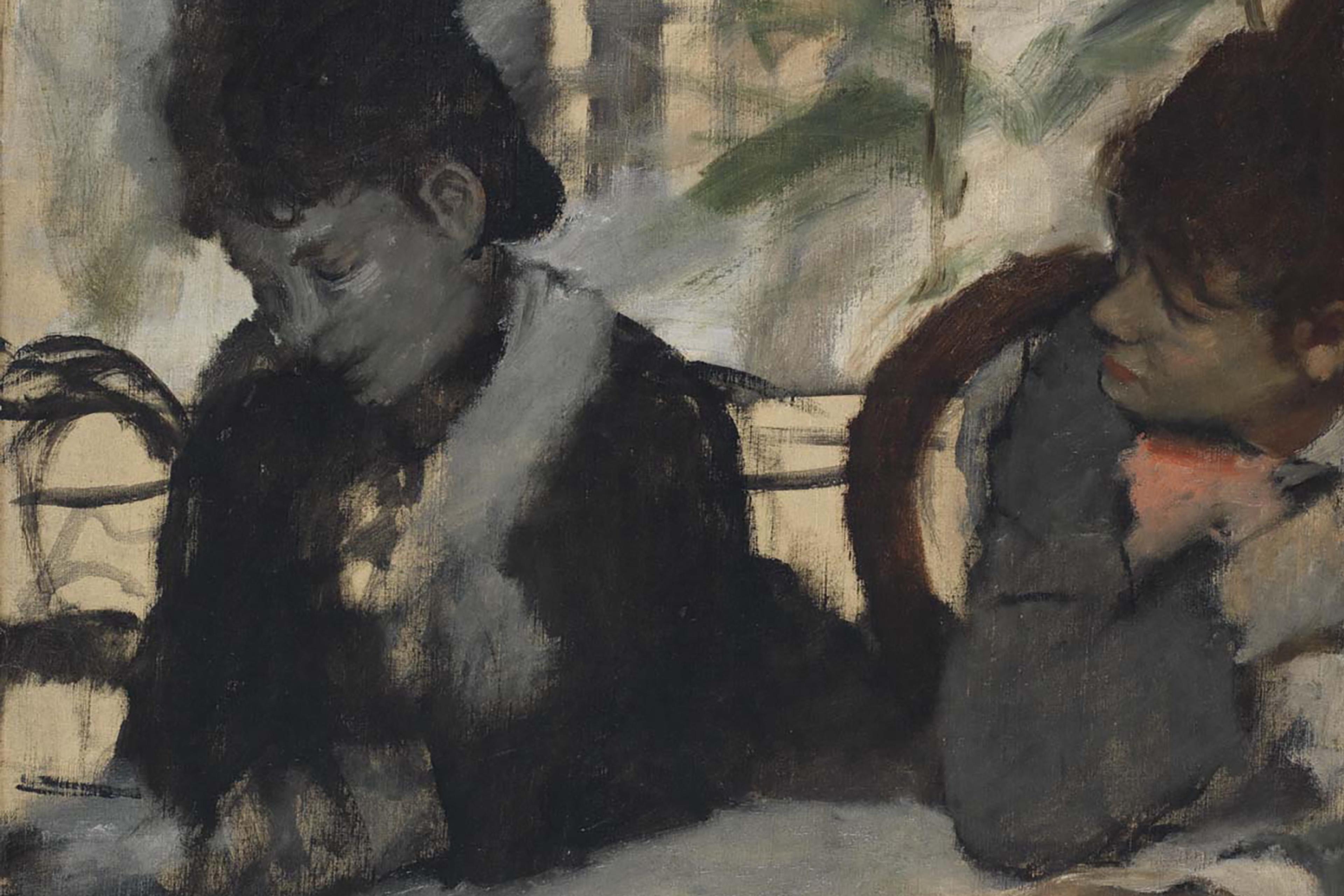
Sometimes it’s hard to know what to say or do. Use these five strategies for providing effective emotional support
by Elise Kalokerinos